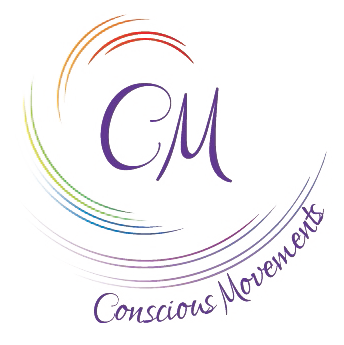Pause, Release, Breathe

When my Fit and Flexible and Yoga clients first attend class, they often think that they need to push longer and harder to achieve a goal, just as they did when they were young. But I have found a steady, consistent, sometimes softer, and always a more conscious approach helps them develop and maintain renewed strength and flexibility without injuring themselves.
As one healthy lifestyle article articulated: “Working out the same way in your 50s as you did in your 30s sets you up for a world of hurt. Changes in flexibility, muscular strength, bone density and recovery time make injuries more likely if you don’t adjust accordingly” (nextavenue.org. Minnesota).
So I’ve been working with the women in my classes on this a particular concept and am amazed at the progress they are making. Most of the women are 50 plus. So I stress that the way they need to attend to their physical bodies is necessarily different than how they attended to their bodies when they were younger.
One concept I stress is to become aware of the difference between a painful stretch and a painless stretch. Feeling a good, painless stretch is good for our flexibility. Feeling pain may be the moment to try something different or in a different way.
Here’s one 3 step approach to bringing Conscious Movements to your life.
- PAUSE: When you go into pain (or a movement causes your muscle(s) to tremble or reflex quickly), pause (5-15 second is plenty).
- RELEASE: Consciously relax or release the muscle or joint
- BREATHE: As you release, take a breath or two.
Then move back into your movement.
Now before we practice this, one of the issues many of my clients initially have to work through is learning to be sensitive to the difference between pain and/or the stretch reflex (when the muscle reflex is to pull back quickly because of pain), and the feeling of a healthy stretch. Pain is our body’s safeguard to avoiding injury; so it is a good thing to listen to and pull back from. However, our response to a healthy stretch is one in which our joints/muscles/fascia can continue a particular movement for a number of repetitions without going in to pain.
It’s amazing how being conscious of the difference between a painful stretch and a healthy stretch works to help us develop strength and flexibility and at the same time honor our bodies and emotions.
Below are three examples of how you might apply this 3 step approach. The first two focus on a physical practice and the last one focuses on an emotional practice.
Example I:
Let’s say you are in a fitness/yoga class and you are trying to stay in a plank.
Notice if your wrists hurt or begin to tremble.
Come down onto your forearms. Notice if pain or too much pressure comes into your shoulders. If so:
PAUSE: Drop to your knees, stretch your arms out above your head and
then bring your elbows back by your ribs.
RELEASE: Release your shoulders and soften into a child’s pose.
BREATHE: Take 2—3 breaths, relaxing your arms and shoulders
Come back into plank. Continue this movement to Plank, to Pause, to Release and to Breathe.
Notice when you go back to Plank if you can hold the Plank 3-5 seconds more each time. So instead of starting with, say a 25 second hold, you start with a 5-10 second hold and then work up to 25 seconds or longer, all the while being Conscious of how your shoulders are feeling and responding.
Example II:
You’ve been sitting at your desk, working, typing for hours.
Notice if you are feeling tension or pain in your shoulders, your elbows, your fingers.
PAUSE: Step away either physically or mentally
RELEASE: Relax, moving your shoulders or wrists, using circles, side to side
motions, any way that helps you relax into those muscles and joints
BREATHE: Take two or three deep breaths.
Come back to your work continue to be aware of that part of your body that feels tight or tense and continue to release and breathe even as you work.
This concept works equally well when dealing with an emotion.
Example III
Notice if you are feeling a moment of intense fear, anxiety, or stress.
- PAUSE: Stop whatever you are doing or thinking, just for 15-20 seconds.
- RELEASE: Consciously Release the tension that you may feel in your body
- BREATHE: As you take one or two breaths, just sit and recognize your anger, anxiety, or fear.
When you are ready, continue what you are doing with a deeper awareness of your feeling and where in your body you might be holding that emotion.
Over time this Pausing, Releasing and Breathing throughout the day, whether you are working out physically or feeling an intense moment of stress, will help you develop fitness and flexibility for life.
Your body and emotions will remember these pauses, releases and breaths, learn to listen to the release and renewal that the breath can bring so that you also learn to be comfortable in the moment with whatever you are feeling.
I invite you to experiment and see if these types of Conscious Movements allow you to age with physical, emotional, and spiritual strength and flexibility.
Feel free to email me your thoughts or experience with these practices: [email protected].
And by the way, there is a new article in The New York Times called “Stretching is the new exercising” (Jan 9, 2020). Seems that more and more people are taking Stretch Classes, not just stretching after a workout, but stretching as the “Main Event” of a class.
So, for those of you who are already taking my Fit and Flexible weekday stretch classes from 9-10, congratulate yourselves for being part of the Main Event.
If you’ve never been to class, come s-t-r-e-t-c-h yourself!
